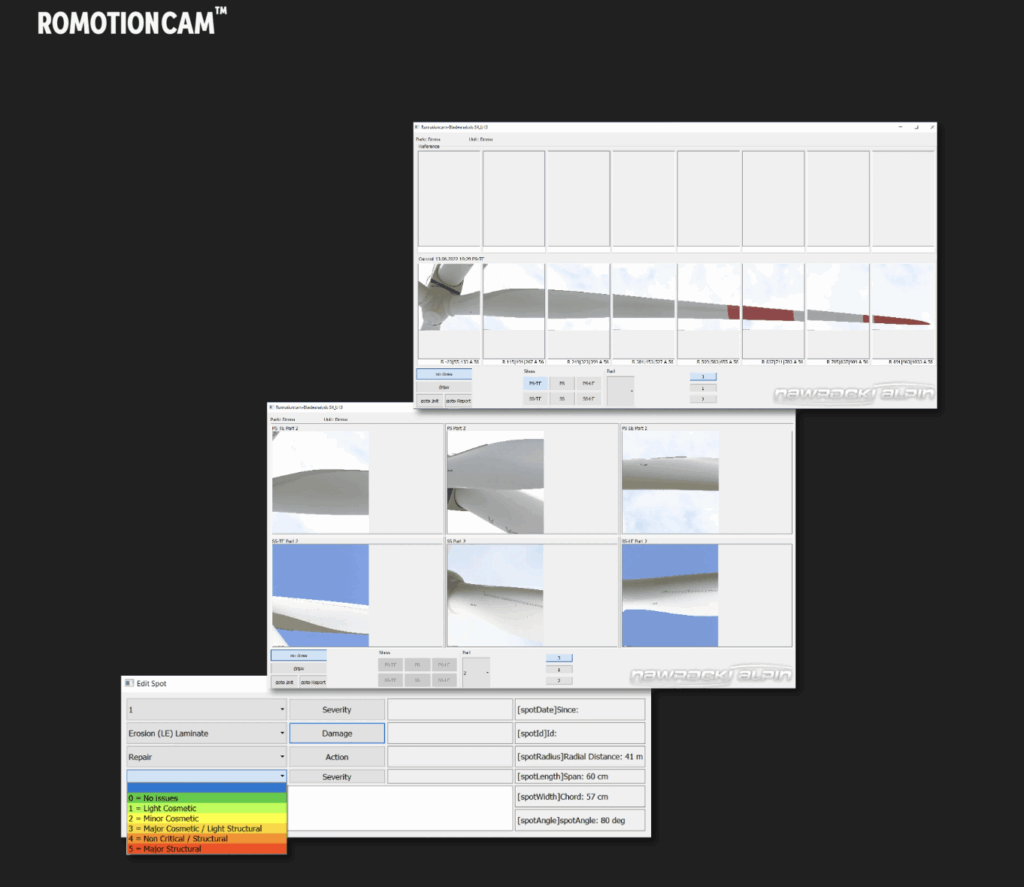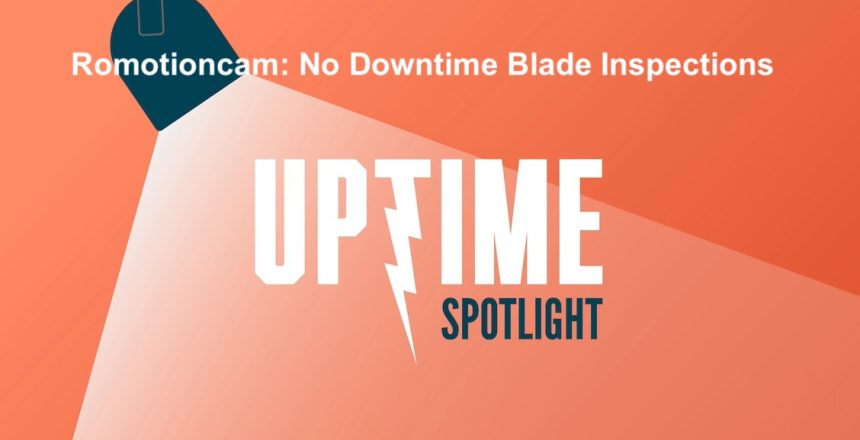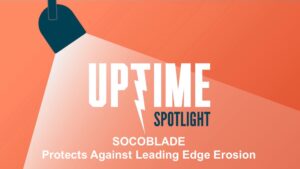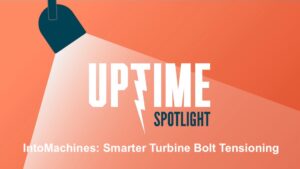Romotioncam is redefining the way operators inspect wind turbine blades—while the blades keep spinning.
In a recent Spotlight podcast , René Harendt, CTO of Romotioncam, and Dr. Michael Stamm, a researcher at Germany’s Federal Institute for Materials Research and Testing (BAM), spoke with Weatherguard Lightning Tech CEO Allen Hall and CCO Joel Saxum about the company’s unique inspection system.
By combining cutting-edge photographic technology, thermal diagnostics, and structural analysis, Romotioncam’s inspection system delivers accurate, in-depth, actionable data, while eliminating the need to shut down turbines.
How does it work? Read on.
The full interview – which includes a little more physics and some discussions about a blade’s unique thermal signature – was recorded in December, 2024. It can be found here.
A New Lens on Blade Inspections
With a single camera mounted on a pan-tilt head, Romotioncam’s patented tracking system follows wind turbine blades as they rotate, even at high tip speeds. The system tracks the rotor and blade tips in real-time, capturing detailed images that allow inspectors to spot early-stage defects such as cracks, erosion, and structural deformations.
“Our camera system calculates the blade position and rotor speed and adjusts accordingly,” Harendt explained. “Even at high speeds, we can follow the tip, delivering stable, high-resolution imagery, without stopping the turbine.”
The patented process solves long-standing challenges of motion blur and incomplete data during traditional inspections that require turbines to be shut down.

“The information from this is remarkable,” Hall said.
Seeing Beneath the Surface: Thermal Imaging in Action
Research from BAM’s Dr. Stamm has added another dimension to the innovation: the thermal imaging of turbines while in operation—a practice historically limited by technology constraints.
“We needed synchronized, high-resolution visual imagery to make accurate interpretations of our thermal data,” Stamm said. “That’s where Romotioncam was the perfect match.”
By integrating both thermal and visual data into a single system, Romotioncam can detect aerodynamic inefficiencies and internal blade defects that were previously undetectable without physical access.
“Thermal signatures can tell us about laminar versus turbulent airflow, which in turn highlights surface erosion or leading-edge damage,” Stamm explained. “We can also detect structural anomalies—like delamination—due to variations in heat capacity across different blade materials.”
Need a refresher? Laminar vs. Turbulent Airflow, and Why It Matters
No Downtime Turbine Blade Inspections
For operators, Romotioncam’s biggest advantage may be that inspections can be done without lockout/tagout, and without field crews.
“You give us the location and specs. We capture the data remotely, independently, and you get a full report. You might not even know we were there,” Harendt said.
This remote, approach is a game-changer—especially during winter, when turbine downtime comes at a particularly high cost.
And while “no downtime” blade inspections has an undeniable appeal, the data is uniquely actionable.
“It helps operators assess not only structural safety, but also performance efficiency, which informs decisions on repair timing and can improve operational ROI,” Harendt noted.

From Research to Real-World Impact
The partnership between Romotioncam and BAM has already generated compelling data. Stamm reports that about 30 turbines have been analyzed using thermal imaging, with results publicly available. (link below) Stamm said the images clearly show how minor defects lead to turbulent airflow and energy losses.
“The visual overlay of turbulence and structural damage is remarkable,” Stamm. “We’re starting to see patterns that weren’t clear before. Sometimes, we find turbulence without visible damage, which raises new research questions.”
As wind farms globally find downtime becoming more expensive, Romotioncam’s fast, remote, intelligent inspections have tremendous appeal, providing high-quality, actionable data without equipment downtime.
What’s Next: Dual-Camera Systems, Deeper Insights – and a US project?
Romotioncam’s next milestone will be to integrate both thermal and visual cameras into a single, compact inspection unit to allow one-shot diagnostics with layered image analysis, providing a fuller picture of both external and internal blade health—potentially up to 10 cm deep.
“It’s not just about seeing damage,” Harendt said. “It’s about confirming that if you don’t see anything, there’s truly nothing there. And that requires understanding the right conditions for inspection.”
While Romotioncam is headquartered in Germany, and works primarily on European wind projects, Harendt said the company continues to look at expanding into the US.
Listen to the full interview here: Romotioncam: Inspections in Motion
See the Romotioncam system at work here
To learn more about the company and its services, call +49-30-443181-75, visit romotioncam.com, or email office@romotioncam.com
To see BAM’s research data and thermal imaging analysis, visit KI-Visir Project or Thermal Imaging Dataset on the BAM website.






